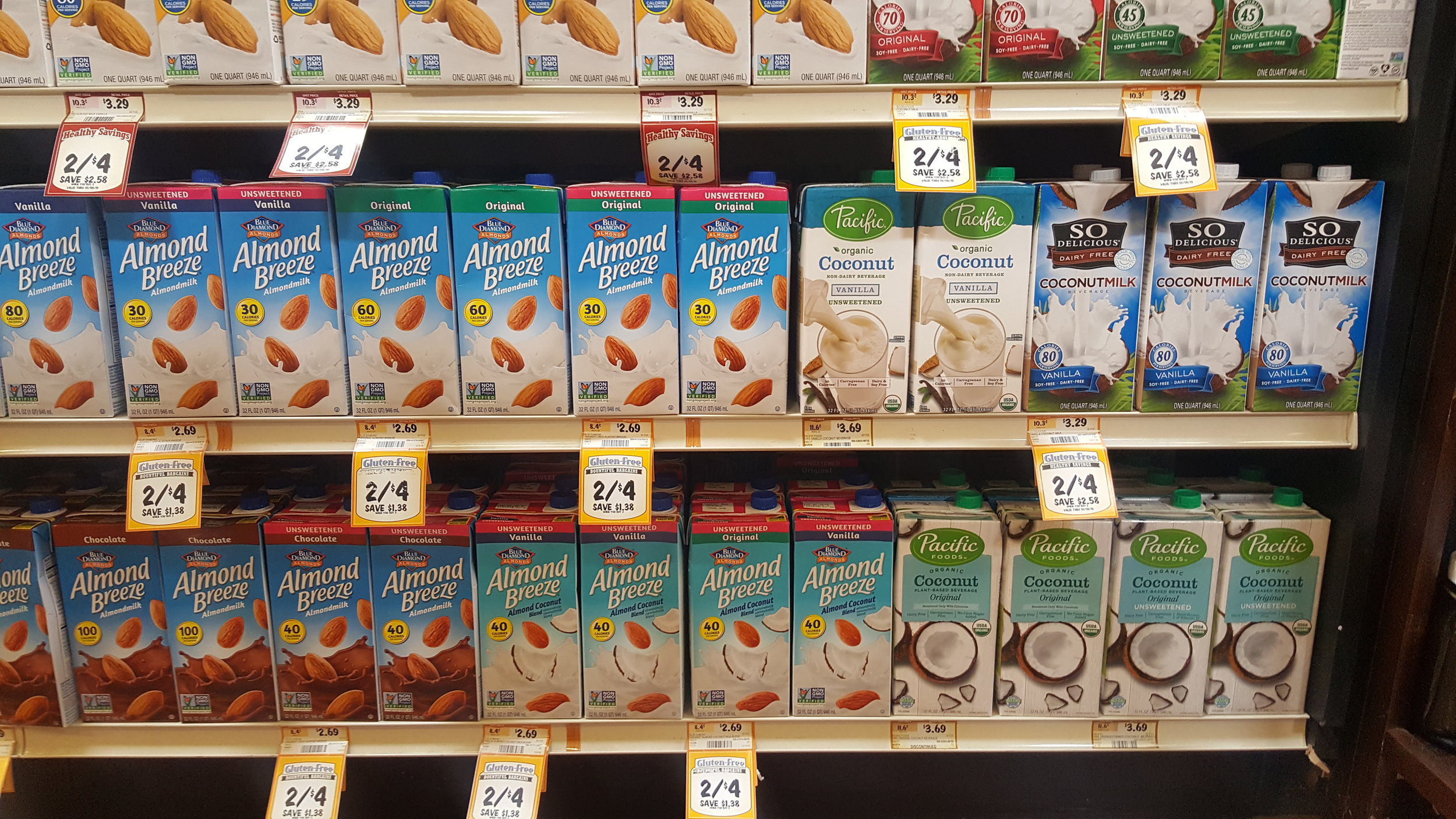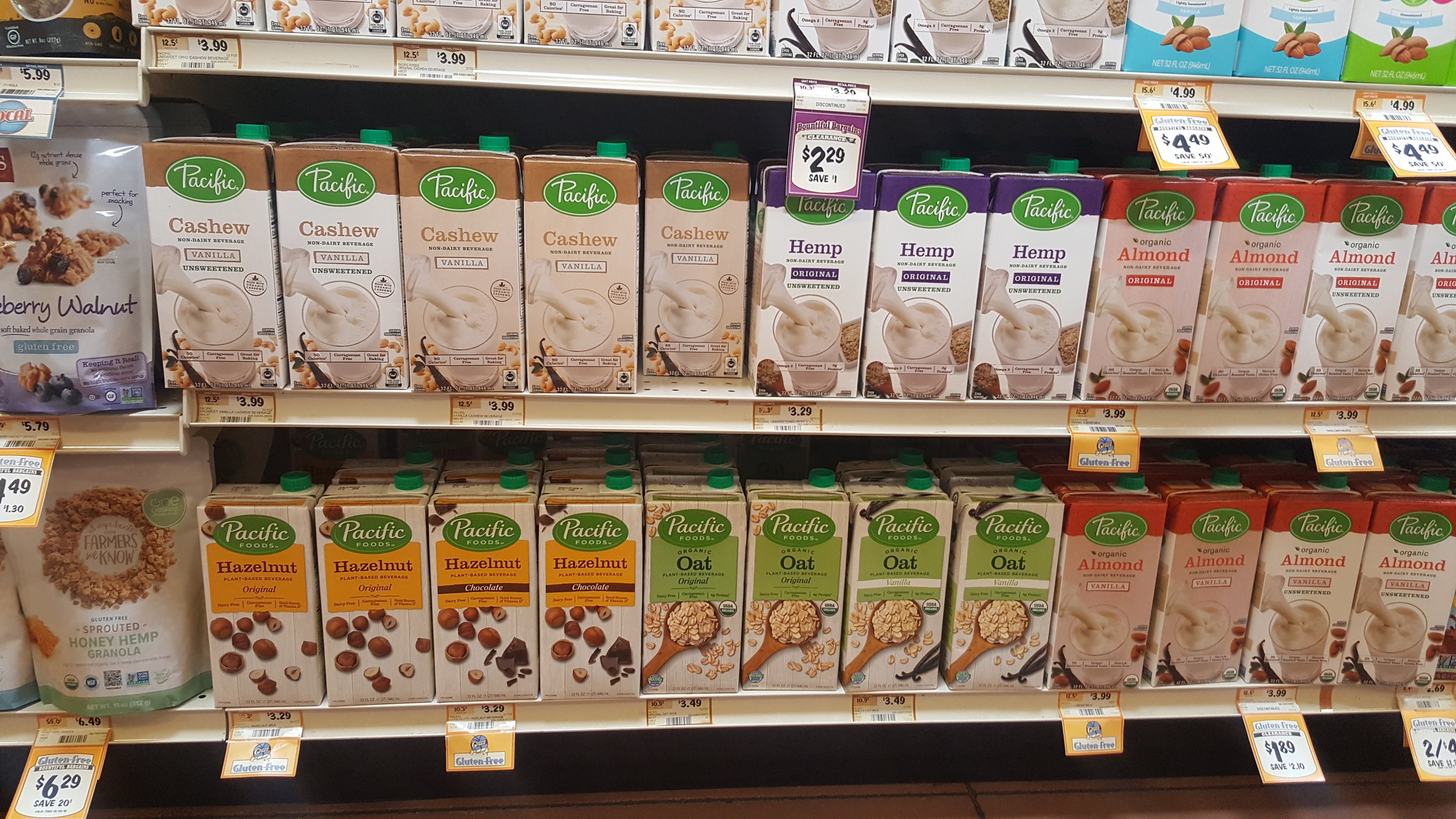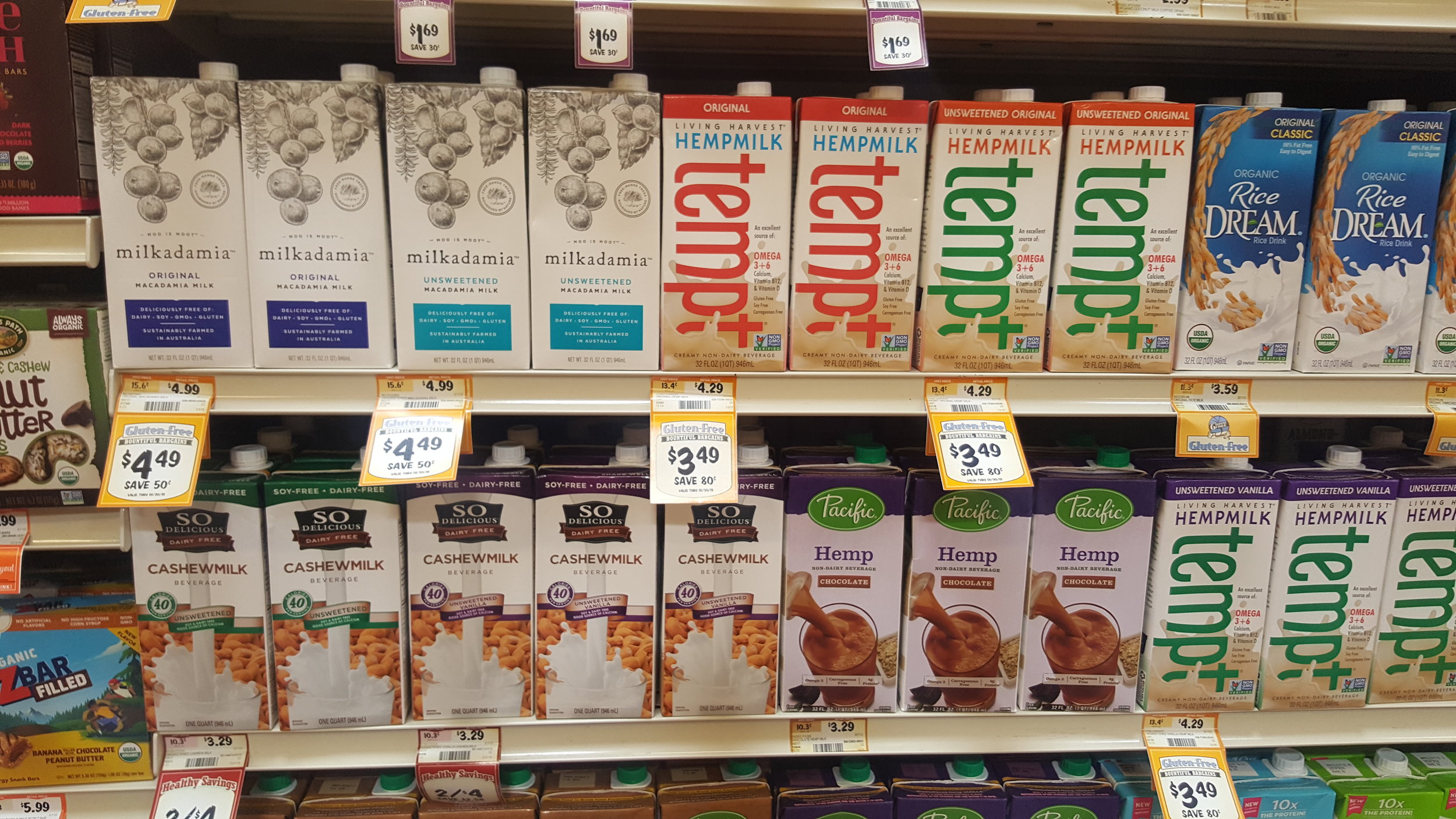Here we will address a very controversial topic. The biggest thing that people are concerned about when considering going vegan, raw foodist or vegetarian. The question always arises. "Where will I get my protein?" Seeing as how protein is needed to live and achieve certain physical goals, it is important to understand what protein really is and where it comes from.
What Is Protein?
When it comes to the topic of protein, there are many questions that need to be asked. It is often said in the media that if you wish to gain muscle or maintain mass, you must get a large amount of protein. This sets the foundation for the biggest untrue concept in the fitness world. That you must eat meat in order to get the protein needed to achieve your goals. This concept is not thought out as we can look at nature and see this is not true.
There are many animals that have mass on them and do not eat meat. Animals such as the elephant, hippo, and Rhinoceros have a lot of mass but do not eat meat. Horses, Bulls, deer and many other animals are strong and do not consume meat. Many people talk about protein but do not know what it really is. Protein is 22 amino acids. Most do not know that protein from plants have all 22 amino acids, while the meat people eat does not have all 22 amino acids. In order to get all 22 amino acids from the meat that you’re eating, you would have to eat the entire animal.
This is true because in nature, the protein gotten from the meat is just a food chain effect. It all starts with a herbivore eating plants and getting all the nutrients needed including protein ( amino acids). When a carnivore comes and kills a herbivore or omnivore for food, the carnivore consumes all of its prey’s flesh, getting all 22 amino acids.
Seeing as how most will not be willing to eat the entire animal of what they are consuming; by definition they are not getting protein in most case. Just like in most cases, not all plant based foods have all 22 amino acids. So what’s the solution? The solution is to have diversity in your diet so that you can get your amino acids from various sources so that you will have your protein basis covered. This means eating different plants, herbs, grains, nuts seeds and/or legumes.
So does Diversity mean eat both animal and plant based foods? It’s up to you but there is no downside from getting all of your “protein sources” from plant based food while too much animal protein can be bad for the human body in a number of ways.
This is why regardless of you’re vegan or not, you should be encorperating more plant based sources of protein in your diet. If anything, just so you don’t overload your body with animal protein that can lead to various chronic diseases.
Artificial Vs Natural
Many people choose to get protein from artificial protein shakes or certain protein pills. These are not good for the body. They often take a long time for your body to digest because it is not natural. They can force your body to work faster which may get you results at the cost of your health.
People that are on artificial protein are more vulnerable to sickness because too much of their body’s energy is going to trying to digest the artificial protein. It’s possible you could see less mental activity because of the same reason.
The only exception is when it is a RAW food vegan powder that is simply the combination of food or powders that have been dried but not over processed. Remember, the closer you are to nature, the better the result and the easier it is on your body.
Foods High In Protein
The following is a list of natural foods high in protein and/or calories: Cashews, Almonds ,Sea Moss, Alfalfa, Moringa, Kelp, Chickpeas, Black Beans, Pinto Beans, Hemp Seeds, Pumpkin Seeds, Sunflower Seeds, Coconut Meat (From Young Coconuts), Chi Seeds, Flax Seeds, Sesame Seeds, Tahini (Sesame butter), Hummus (Mashed Chickpeas)Quinoa, Spelt, Kamut, Oats, Buckwheat, All seaweeds (Sea moss, blue green algae,Kelp, bladderwrack, etc). If you are looking for some vegan recipes that are tasty high in protein, the book below is a great place to start.
Raw vegan protein powders may be of use if you choose to use them. It’s best to look at the ingredients and confirm the powder is made from raw food vegan sources.
Sea moss can also be used to make treats such as cookies, ice cream and baked good since it is a thicken agent and can often be used in place of eggs in recipes. The video below shows how to prepare it.
Alternative milk sources: Almond Milk, Flax milk, Hemp Milk, Coconut Milk, Oats milk, Hazelnut milk. These can be found at most health food stores. You can also make your own by blending water and the base. Add organic sweetener to add more taste.
Organic sweeteners
Organic sweeteners can be used to sweeten and add taste to recipes. Keep in mind that they are still sweetness so if you are a diabetic, consult with your doctor before use: Blue Agave, Grade B maple syrup, coconut syrup, stevia, fruit powders and juices(Mango, peach, cherry, apple etc). Keep in mind that these are all still high in sugar which is something that should be monitored in itself
Cashews, Almonds, Pumpkin Seeds, sunflower seeds, Flax Seeds, and Chi Seeds make great snacks. Chickpeas, Black beans, and Pinto beans are great for tacos. Alfalfa, Moringa Sea Moss and Kelp are good protein shake and supplement replacements. Quinoa, Kamut, Buckwheat and Spelt can be used to make pancakes, cereal, bread and other grain base recipes.
We must also remember that most of what is said about protein is propaganda. These are just a few sources among many that are high in protein. Everything that is eaten has protein. The stereotype that plant sources of food lack protein is a lie started just for the sake of making money and many do not think to look into the creditability of the statement. This should encourage you to do your own research on what has the nutrients that you desire since the media may not always take your health into consideration when giving information.





